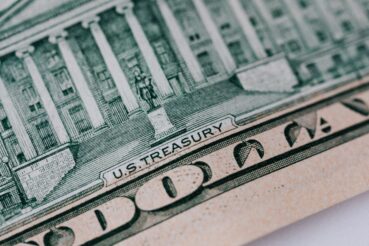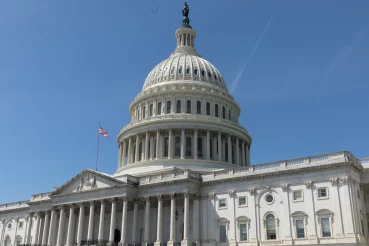After a very difficult first half of the year, equity markets rebounded in July on investor hopes of an easing in inflation and a Fed pivot or pause. The reprieve was short-lived however, as stocks tumbled to fresh lows in August and September amid further aggressive central bank rate hikes and statements of further tightening to come.
The S&P 500 dropped 4.88% for the quarter and is down 23.87% for the year thru September 30th. Developed international markets (MSCI EAFE Index) fell 9.36% for the quarter and 27.09% for the year. Emerging Market stocks (MSCI Emerging Markets Index) dropped 11.57% for the quarter, and down 27.16% for the year.
Core investment-grade bonds did not avoid the Q3 carnage. The 10-year Treasury yield hit a decade high of 3.97%, causing the Bloomberg U.S. Aggregate Bond Index (the “Agg”) to drop 4.75%. This puts the “safe-haven” Agg down an incredible 14.61% for the year to date.
Investment Outlook
The economic backdrop for the U.S. and global economy deteriorated further in the third quarter, continuing a trend we highlighted last quarter. Stubbornly high Inflation remained the key economic indicator. High inflation is driving U.S. and global central banks’ to further tighten monetary policy and hike interest rates. Central banks are raising their policy rates (the “fed funds” rate for the U.S. Federal Reserve) to attempt to bring down inflation by curtailing “aggregate demand” – consumer and business spending.
The Fed’s policy of higher interest rates and reducing the balance sheet should eventually bring down GDP growth and increase unemployment. The odds the Fed can engineer an economic soft landing — where the U.S. economy slows to below-trend GDP growth with only minimally higher unemployment, but does not fall into a material recession with materially higher unemployment – are increasingly slim.
While headline CPI inflation (excluding food and energy) seems to have peaked, core inflation measures have continued to rise and are far above the Fed’s 2% target. This indicates inflationary pressures have become more widespread throughout the economy, rather than driven by a few extreme outliers as in 2021. Inflation is not just a U.S. problem. Nearly all global central banks (except Japan and China) are raising their policy rates to fight inflation in their countries. This will depress global aggregate demand and economic growth over the shorter-term.
On the positive side, consumer surveys and market-based measures suggest medium-to-longer-term inflation expectations remain well-anchored, consistent with the Fed ultimately achieving its 2% core inflation objective. Short-term inflation expectations, which are highly sensitive to gas prices, have also dropped recently. The consumer is still spending, albeit at a slightly slower pace, and unemployment stands at near-record lows.
While there is no crystal ball to see the future, we believe that, outside of tax loss harvesting opportunities, properly allocated portfolios should largely stay the course, subject to individual circumstances. This is not to say that there will be no more pain in the near future; however we continue to believe, as always, that timing the markets – which requires an investor to be right twice: on the way out and on the way back in – is a losing game.
As always, we at Joel Isaacson & Co. are keeping in close contact with all of your investment managers and are here for you to discuss your concerns and walk you through your financial plan. In times as these, it can be difficult to maintain a long-term view. Past events, such as the credit crisis in 2008-09 and the steep market drop in the spring of 2020 have taught us that portfolios benefit in the long-term keeping a level head in the short-term. Please feel free to contact your Isaacson advisor with any specific questions. As always, we appreciate your confidence, business and friendship.





